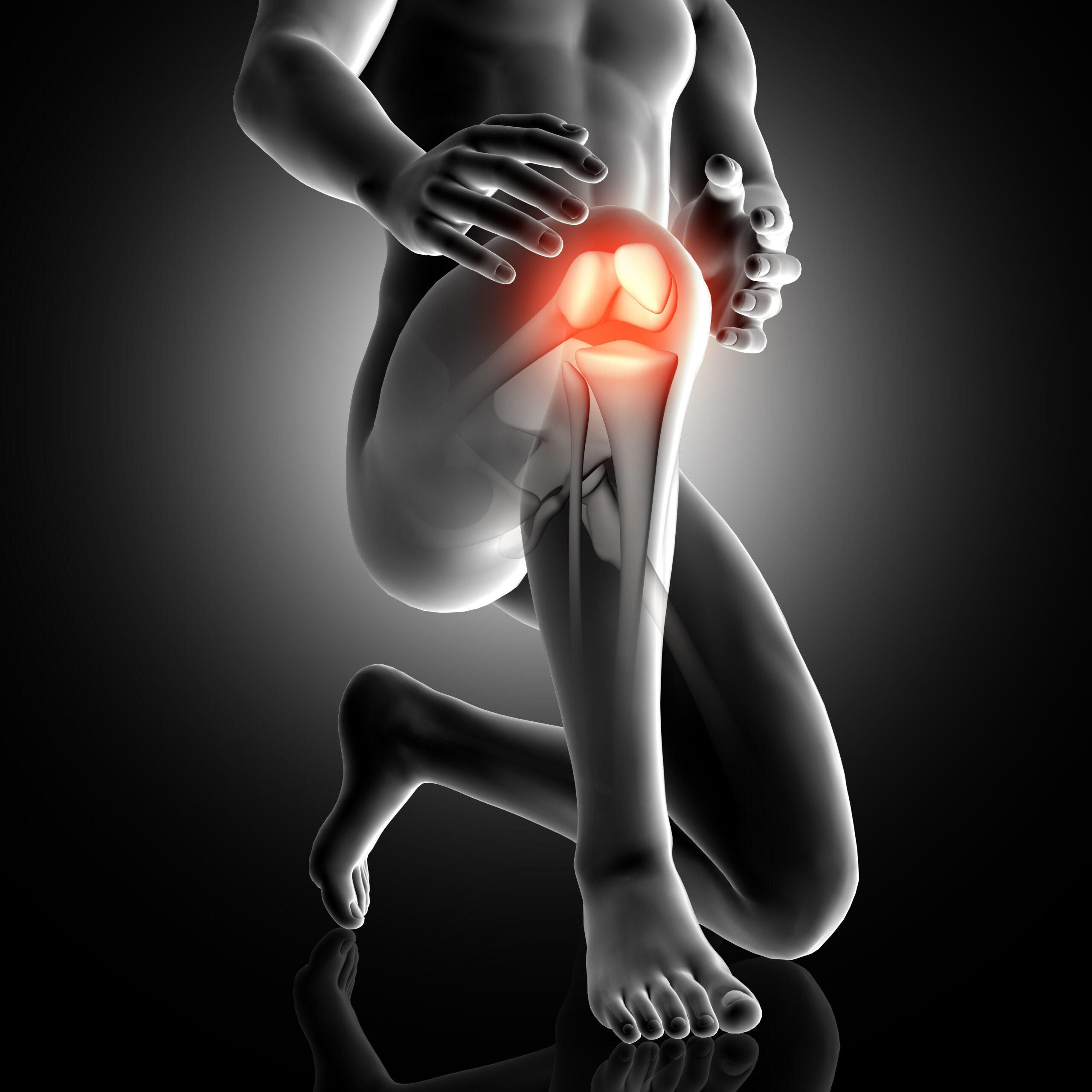Diagnosis is performed with a combination of a medical history, a physical examination and imaging tests, such as X-rays, MRI and CT scans.
Treatment
Most of the times, this condition is successfully managed with lifestyle modifications, analgesics, sporting technique re-training and physiotherapy. Taping and/or braces can be used as well during recreational activities. Exercises to strengthen the muscles in your thigh to keep the kneecap aligned, is a key component of the rehabilitation.
When rehabilitation fails or when a cartilage fragment is free in the knee, arthroscopy or keyhole surgery will be recommended. This may be associated with other procedures to re-balance the kneecap.

